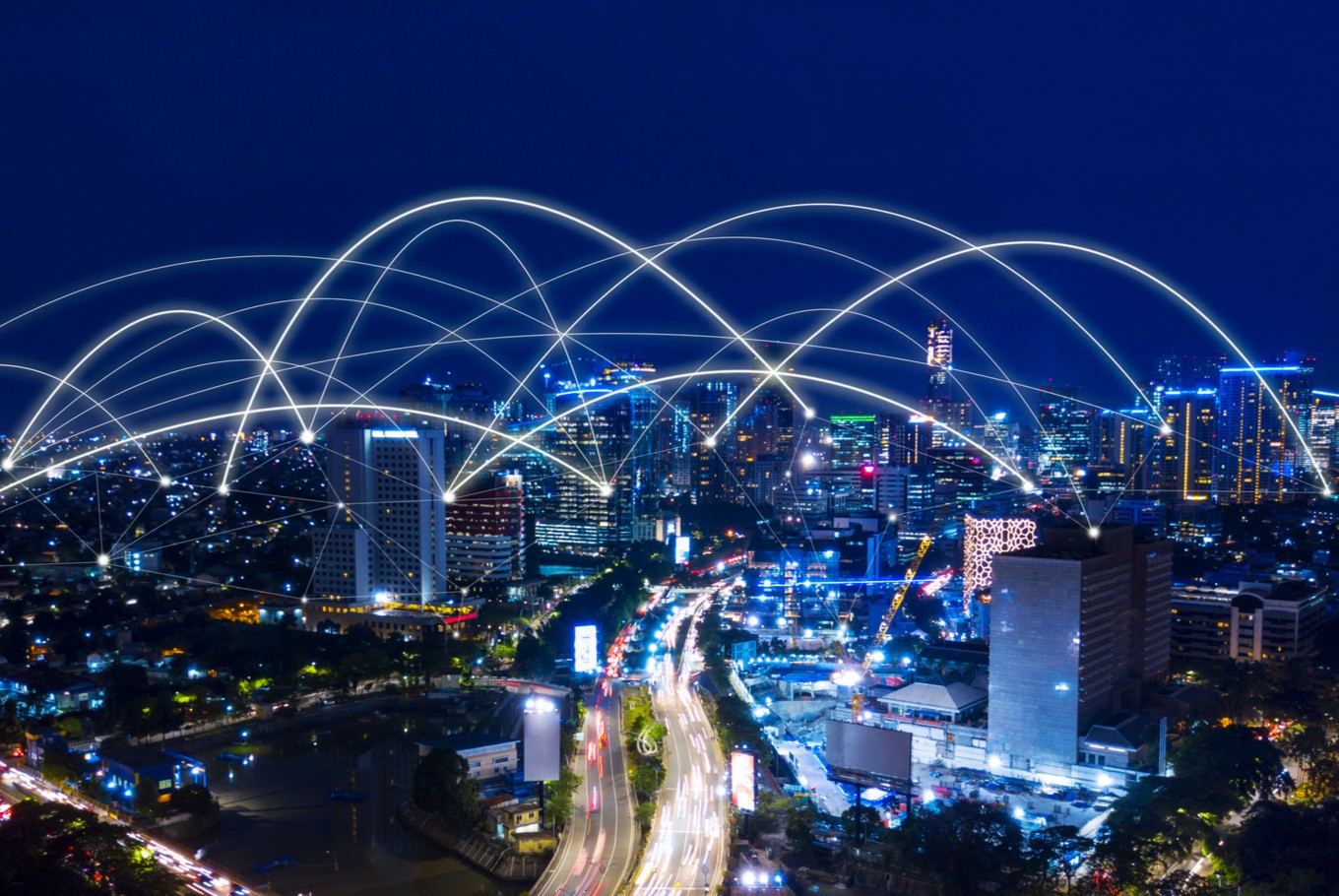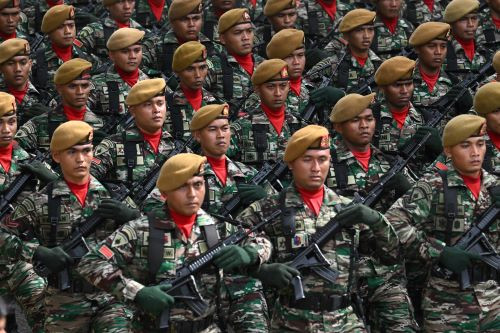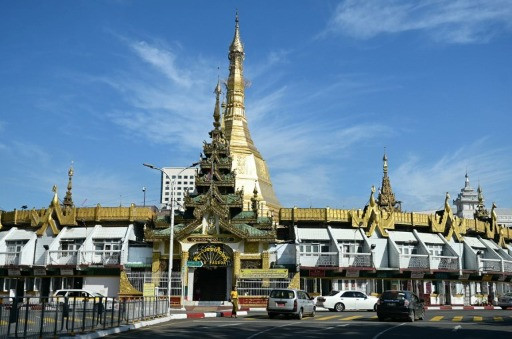Powering the future of Asia’s growing economies
While digital applications can make economies more agile and efficient, they also tend to be bandwidth-intensive and latency-sensitive.
Change Size
 Indonesia has the world’s fifth-highest number of internet users. Indonesian internet users increased from 132.7 million to 150 million last year. (Shutterstock/Creativa Images)
Indonesia has the world’s fifth-highest number of internet users. Indonesian internet users increased from 132.7 million to 150 million last year. (Shutterstock/Creativa Images)
A
sia’s urban population has steadily increased over the last several years, bringing added environmental and infrastructure growing pains. Technology will be a key leveler to mitigate these issues and ensure that the region is well placed to capture the emerging opportunities.
Already, communication networks serve as the backbone for smart grids conveying information as well as data transmission from the use of artificial intelligence (AI) and machine learning (ML). These technologies not only improve the overall quality of life for growing cities, but also overcome constraints on productivity.
We’ve seen a plethora of examples where new tech has helped address these growing pains. For instance, the implementation of an AI-powered traffic management system in Delhi has enabled authorities to make better decisions on how to manage and balance the flow of traffic by giving real-time insights into congestion patterns. Another example is Alibaba’s City Brain, which uses AI to bring about more efficient public resource management in multiple cities in Asia.
Smart systems are also helping to efficiently monitor and track the use of public utilities, as well as help in possible conservation. In water-stressed Singapore, consumers can track their water usage, detect leakages early and reduce water waste. This is enabled by a smart water meter program that authorities use to automatically access meter readings in real-time. Previously, authorities had to rely only on labor-intensive manual reads, which are normally done every two months.
Digital twins, virtual models designed to replicate a physical object, process or service, are one of the most promising technologies for intelligent disaster prevention and mitigation. The implementation of a digital twin in typhoon-prone Cauayan, Philippines, has helped to improve disaster recovery planning and speed up damage assessment.
When Typhoon Ulysses hit Cauayan in mid-November 2020, the digital twin helped the city to deploy mitigation measures, conduct impact assessments and prioritize the initial disaster response.
These are just some of the digital applications that can help to make urbanization more sustainable for cities in Asia, and they all leverage communication networks. How can the network be improved to power Asia’s growth?
While digital applications can make economies more agile and efficient, they also tend to be bandwidth-intensive and latency-sensitive — placing unprecedented demands on communication networks.
For example, most smart city initiatives leverage AI and ML to generate valuable insights. AI and ML-augmented smart devices aggregate billions of data points, generating floods of data of varying traffic types, priorities, and latency-sensitivities, which can cause abnormalities and spikes in network traffic.
The integration of millions of connected devices and mobile “citizen sensors” interacting with machines, users, and clouds, requires a fundamental rethink of the network. To meet the dynamic needs of new smart city platforms, networks must be more predictive, agile, and able to rapidly scale to move massive amounts of data in real-time.
What makes a smart city truly smart, is its ability to adapt. Similarly, the networks underpinning cities in Asia will need to adapt to constantly changing dynamics, especially amidst a steep growth in data consumption. Afterall, cities are constantly in flux. What is sufficient for smart city network requirements today, might not hold true in the coming years, or even months.
In the early 2000s, Asia accounted for just under one-third of the world’s gross domestic product (in terms of purchasing power parity). Research by McKinsey & Company revealed that by 2040, that figure is poised to rise to 52 percent, making the region’s contributions larger than all the others combined.
As the region strengthens its position as the largest and fastest-growing economic bloc, there are major challenges that need to be mitigated for it to thrive in the long term. Sustainable development is heavily reliant on emerging technologies, and countries must ensure that their communication networks are able to handle the pressures and demands of growing cities.
Only then can the region successfully sustain its growth towards becoming a cornerstone of the global economy.
***
The writer is vice president and general manager, Asia Pacific, Ciena.










